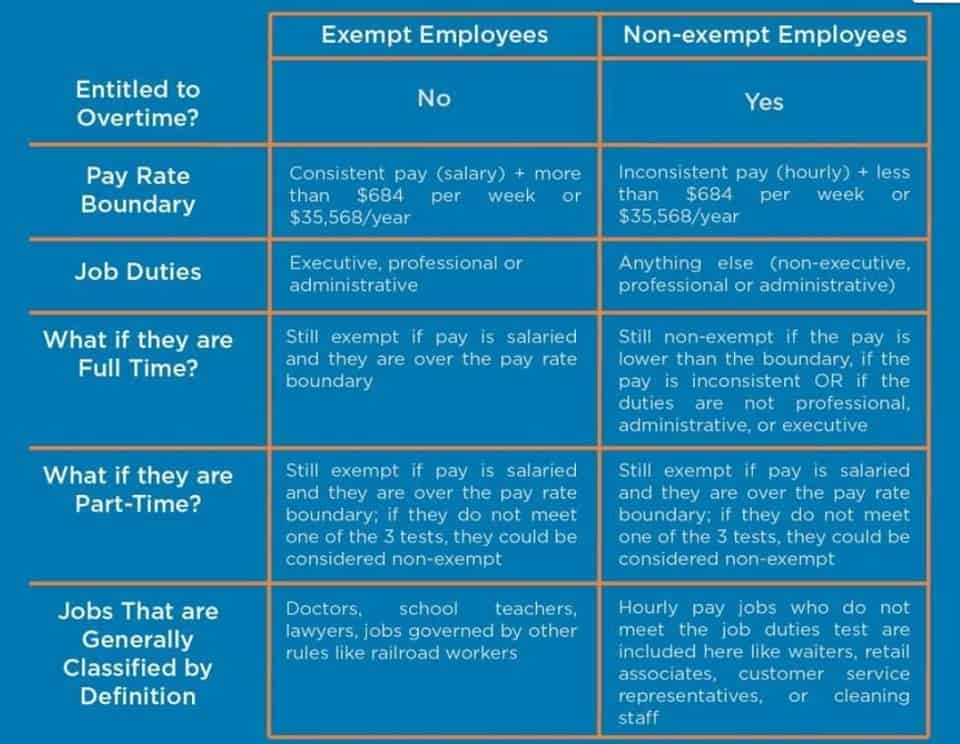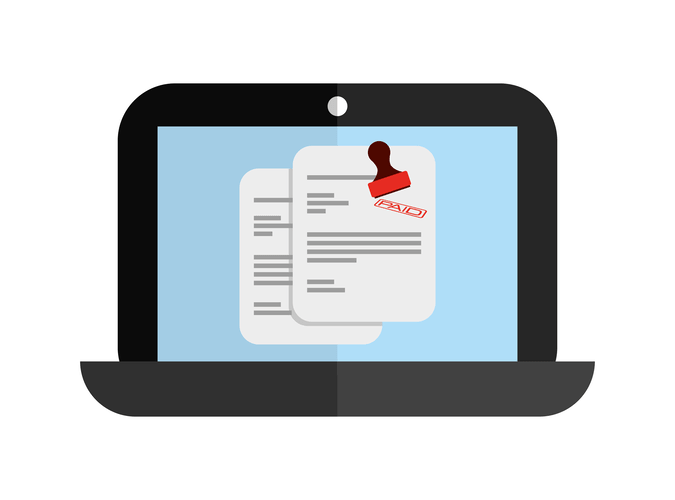
The study provides an in-depth look into the ethical dilemmas and decision-making processes faced by emergency and critical care nurses in the Western Amhara region of Northwest Ethiopia. By integrating findings from semi-structured interviews, focus group discussions, and a case study, the results illustrate the complex and challenging nature of nursing in high-stress environments. In today’s fast-paced world, effective decision-making is crucial for individuals and organizations alike. With the multitude of choices we face on a daily basis, having a structured approach to decision-making can be a game-changer.
Utilizing Data Analytics in Decision Making

It makes sure that the suggested treatments are practical and doable in the particular situation. The purposeful selection of these standards highlights a thorough and patient-centered evaluation of treatment options, taking into account clinical efficacy, safety, patient values, financial considerations, and practicability. This framework serves as the basis for the evaluation and rating of the identified alternatives that follow, with the goal of presenting a complex and comprehensive view of treatment recommendations in healthcare. A notable aspect of this study was the emphasis placed on interdisciplinary collaboration in addressing ethical dilemmas.
Simulators: Time-Pressured Decision Scenarios

MAS contributed to participant recruitment, data collection, analysis, and manuscript editing. This final component of the Four Box Method accounts for external factors that may influence clinical decisions, including cultural and social factors, financial constraints, legal issues, and institutional policies. Research shows that most executives are loss averse and unwilling to undertake risky projects with high estimated present values. The primary solution to overcoming loss aversion is to view investment decisions based not on their individual risk but on their contribution to the risk of the enterprise as a whole. In any number of ways, these biases can stall, skew, or deny the kind of clear-sighted decisions that are at the heart of strategic management.

How to Define Decision-Making Criteria
Non-maleficence, or the duty to “do no harm,” becomes particularly challenging when nurses must decide between interventions decision making framework that may alleviate suffering or cause harm, especially in end-of-life care situations 6. In critical care settings, nurses frequently face challenging decisions about how to allocate limited resources such as ventilators, ICU beds, and medications, when demand exceeds supply 7. For each treatment option, information is provided on its characteristics, such as frequency and route of administration (for medical treatment options).
- DailyBot is the asynchronous productivity tool that integrates seamlessly with chat platforms like Slack, Google Chat, Discord, and Microsoft Teams, making it the perfect companion for remote teams.
- The idea of “hyper-personalized medicine” refers to the design of therapies that go beyond simple diagnosis to each patient.
- Clearly outlining the expected level of engagement from stakeholders at the onset of PDA development can further improve the process.
- The interviews were conducted in Amharic, the local language, to facilitate open and detailed discussions.
- In those cases, you need a decision-making framework that is more collaborative than some of the other ones we’ve covered.
- Since 2017, he has mentored over 400 students and consultants on topics like case interviews, personal development, and consulting skills.
When applied to a business-related area, a decision-maker sees if all risks of the chosen option can be mitigated and at what costs. When a table is created and all options are discussed, a Insurance Accounting team makes a decision and freezes it for 24 hours. It helps to release tension, check the data again, and weigh all the consequences of a selected solution. Xanax for decision-making resembles a simple chart with the pros and cons of a certain solution but has a slight modification that changes the perspective. Using this decision-making framework, you need to consider each option and list their Benefits, Costs, and Mitigations.

In business operations and project management, where quality and efficiency are paramount, Six Sigma serves as a crucial framework. It assesses potential choices and their interdependencies to predict outcomes and formulate optimal decisions. This framework is vital in economics, business strategy, and negotiation situations where understanding and predicting others’ behavior can lead to advantageous decisions. The model chosen depends on factors such as decision complexity, available information, and the decision maker’s preferences. Ultimately, decision-making models offer a structured approach to improve decision quality and effectiveness in various contexts. To use a decision matrix, first, list the options and identify the criteria for evaluation.
How to use the PDD decision-making framework as a team
- With the multitude of choices we face on a daily basis, having a structured approach to decision-making can be a game-changer.
- What one has to remember here is that you can always make the result of what you want it to be by making the right intermediary decisions between the cause and the desired effect.
- This involves identifying the problem or opportunity and understanding the desired outcomes.
- As a decision-maker, I need to ensure that my decisions align with my values and ethical principles.
- Inaccuracies or missing data may have an impact on the results, perhaps leading to biassed suggestions.
- Whether choosing a school for your child, launching a product, or leading a team through turmoil, decision-making models transform uncertainty into action.
In fact, one of the main objectives of this model is to determine how much weight should be given to the input from a leader’s subordinates. Once again, each of these models takes a unique approach to decision-making, so it is important to choose the model that will work best for you and your unique situation. With that said, let’s take an in-depth look at each model and the situations where each one is most applicable. Given that only 20% of team members say that their organization excels at decision-making, most organizations and team leaders have a lot of room to improve in this area. If you want to improve your decision-making approach, mastering the five decision-making models is a great place to start.

When to use the consensus decisionnmaking model
- In conclusion, incorporating data and analysis into your decision-making process is essential for making informed decisions.
- The team members made a conscious effort to remain aware of their professional experiences and biases, acknowledging how these might shape both data collection and analysis.
- The spherical fuzzy TOP-DEMATEL approach has been employed by Demir Uslu et al. 28 to determine important elements influencing hospital performance management.
- The option “Car” has an issue – long and tiring ride, but it also has a list of advantages and meets most of the Traveler’s critical needs.
It provides a systematic way to identify priorities, gather information, weigh options, consider risks and rewards, and ultimately make a choice. Decision-making frameworks provide clarity and confidence, ensuring that decisions are well-informed and aligned with goals. We will bookkeeping also discuss collaborative decision-making and leadership, as well as answer some frequently asked questions about decision making frameworks.
